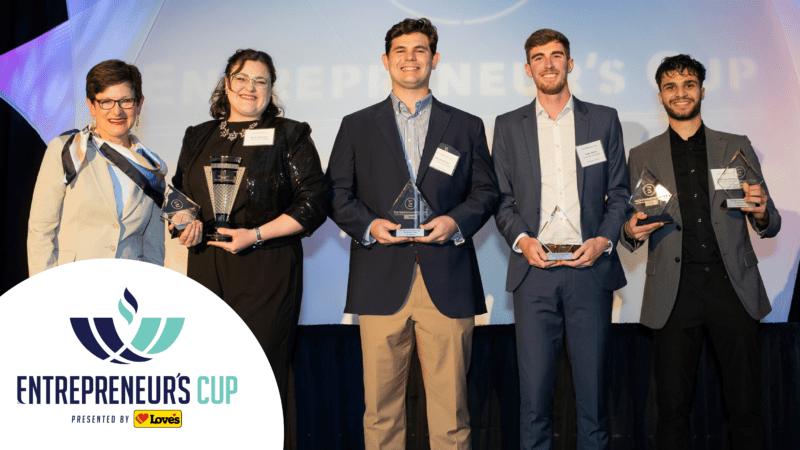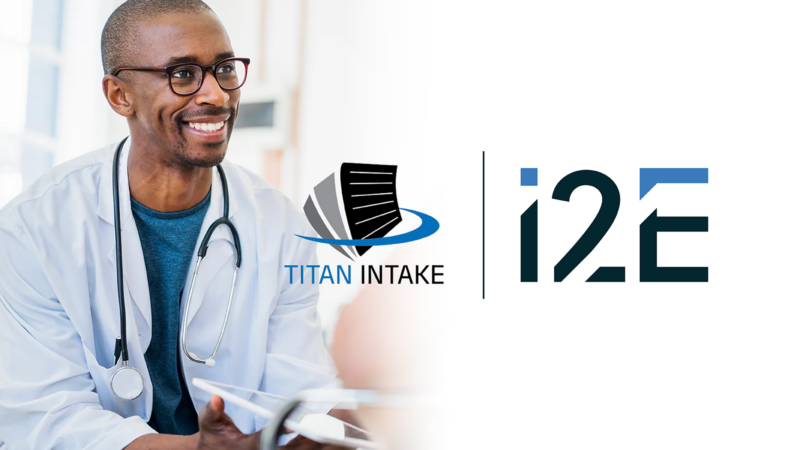By Sarah Terry-Cobo
Courtesy of The Journal Record
OKLAHOMA CITY – Robert Broyles received $218,000 to advance his business, and he aims to turn it into more than $1 million. If he is successful, the chief scientific officer and founder of EpimedX could also help thousands of people who are suffering from a debilitating genetic mutation.
Broyles received the grant from the National Institutes of Health to advance his research on sickle cell anemia.
He aims to create a pill that would effectively cure the condition, which causes a deformation in red blood cells that can lead to pain and organ damage. The treatment, known as EDX-17, wouldn’t change the underlying mutated genes. However, Broyles said the treatment will activate a fetal gene that lies dormant and suppresses symptoms.

His company’s research has found a compound created by plants that he believes activates the gene. He said the NIH money will help him complete proof-of-concept work in animal models. He said he’s confident the compound is safe because it’s sprayed on food crops for agricultural purposes. The Environmental Protection Agency has data showing it is safe, he said.
Since he founded the company in 2011, he has raised nearly $1 million from investors and grants from Oklahoma City-based Innovation to Enterprise, or i2E Inc. In April 2015, he will apply for more money from the NIH Small Business Innovation Research program to help the company prepare for clinical trials.
He will seek $1.5 million to perform additional safety tests in Food and Drug Administration-certified laboratories, which are very expensive, Broyles said. He said those safety tests will help advance the research to clinical trials.
EpimedX isn’t the only company in the Oklahoma City metro working on a treatment for the disease. Selexys Pharmaceuticals has advanced its sickle cell treatment to phase-two clinical trials with the FDA.
Though Selexys’ research is for a different type of treatment, it helped show there was investor interest, Broyles said. Rick Rainey, venture adviser and assistant director for i2E’s Oklahoma SBIR Collaborative Resource project, agreed. Rainey said his group helped Broyles write grants to obtain funding.
“Selexys’ investor success gives us confidence that a company such as EpimedX would have a reasonable shot at that as well,” Rainey said.
Because Broyles’ therapeutic molecule has such a low toxicity, Rainey said he expects the research to move smoothly through the drug-testing process.
If Broyles continues to receive more grant funding, it will allow him to hire more researchers to work in his Oklahoma City lab. He said he’s confident there will be a market for the drug because the pill wouldn’t require expensive gene therapy treatments at medical centers.
“Because the safety of the molecule looks good and it is easy to manufacture the substance, it will ultimately be available in remote areas where gene therapy will never reach,” Broyles said.
Read the story at the Journal Record website (subscription required)








